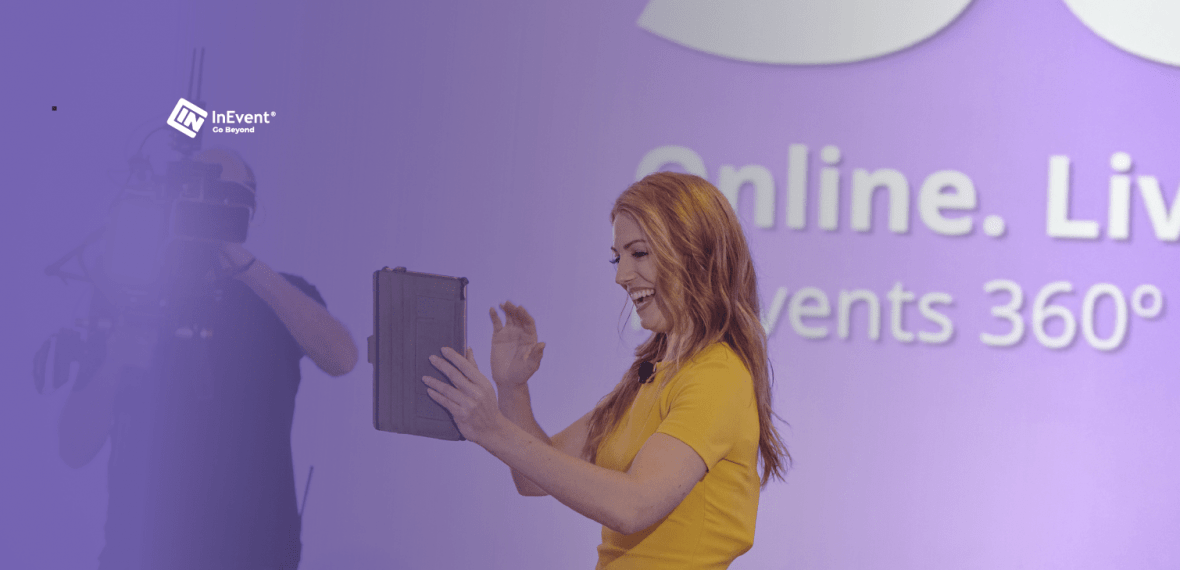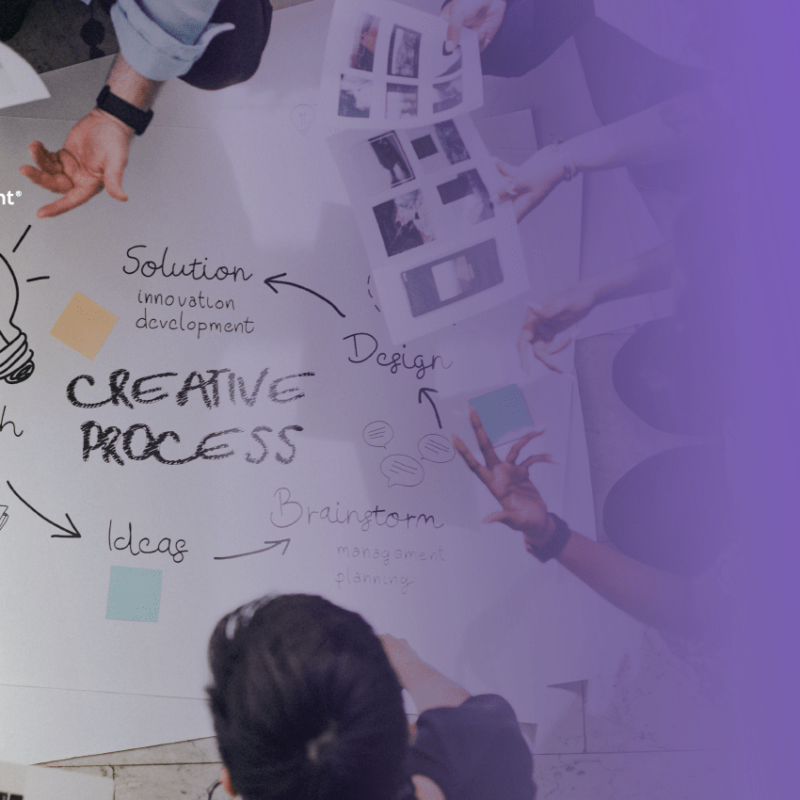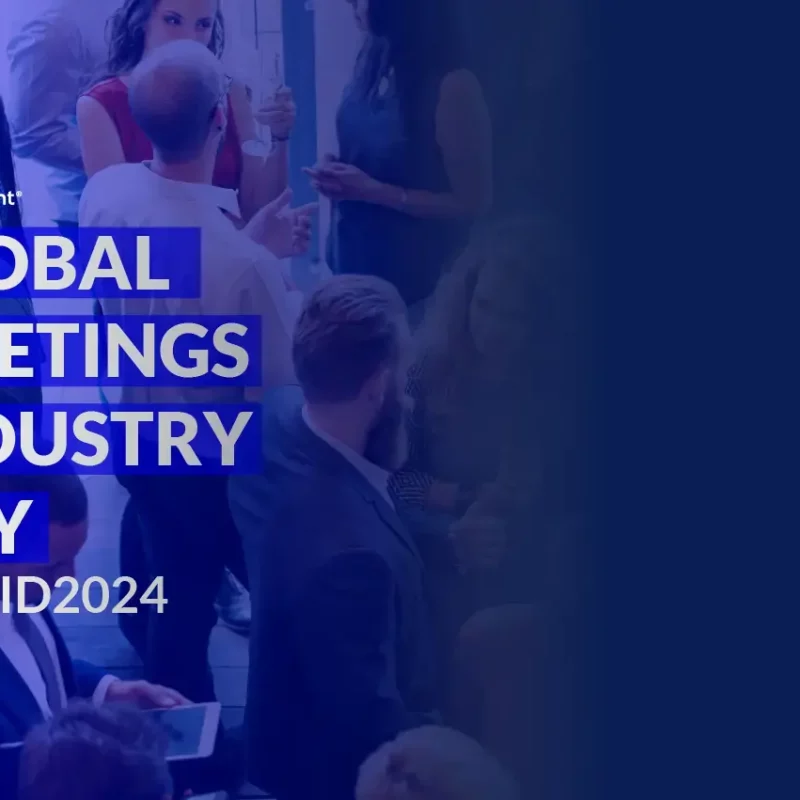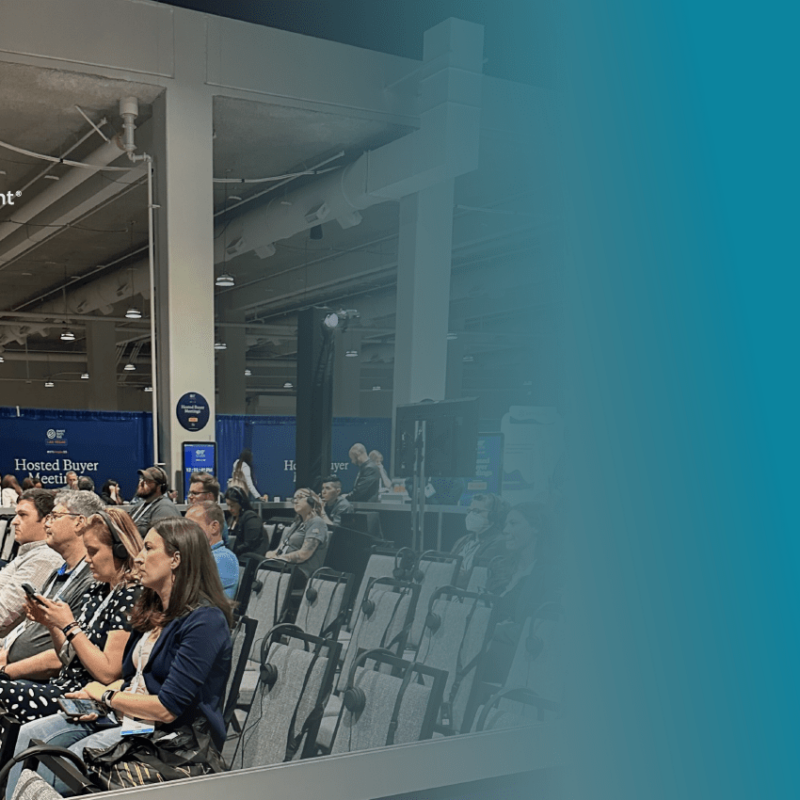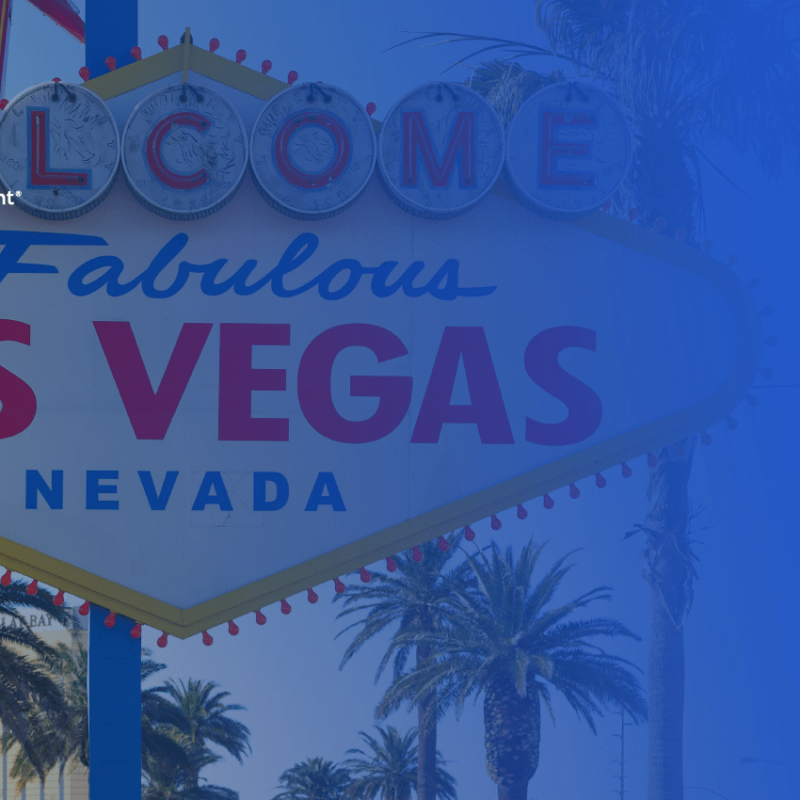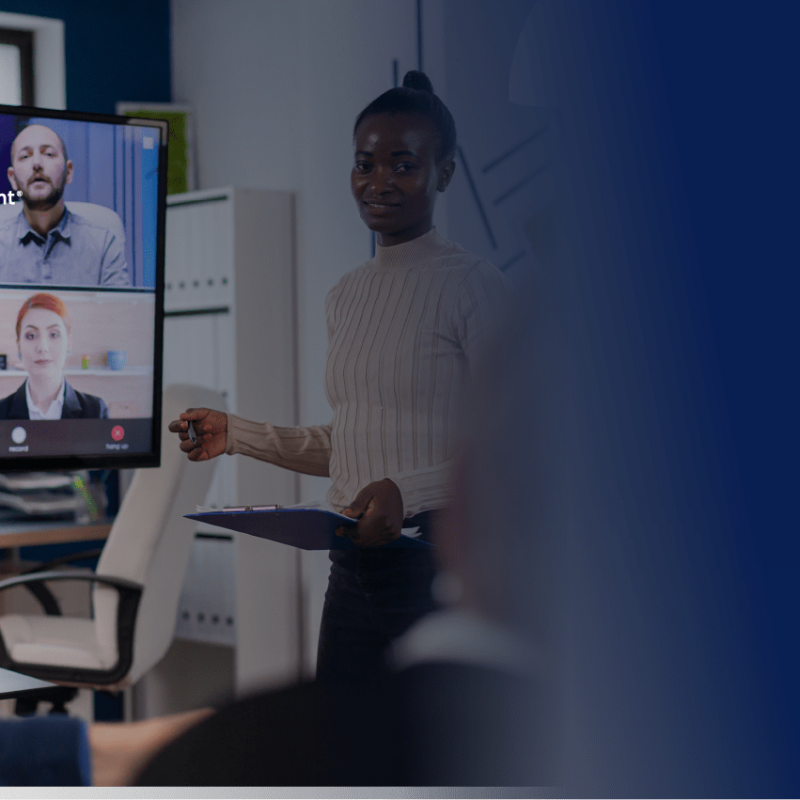Maximizing Post-Event Engagement: Proven Strategies Inside!
Regardless of what kind of field your business or brand specializes in, events and large gatherings related to that field are a great way to expand your network and create more opportunities for growth and development. In this article, we will be exploring proven strategies to help you make the most out of your post-event efforts. Everything from effective communication tactics to leveraging all kinds of digital platforms.
Start Early: The Foundation for Success
Importance of Pre-Planning
Planning in advance is key to getting the most out of your post-event endeavors. You have to go in with a game plan rather than simply winging and hoping for the best. Which is why it’s very important to…
Set goals and objectives for post-event engagement
Be it boosting your brand’s recognition or even generating leads, you need to have a clear and tangible goal when approaching your post-event strategy. Have a succinct and straightforward plan of attack on what it is exactly that you want to accomplish.
You need to use quantifiable metrics to help you decide whether you’ve achieved these goals e.g. lead conversions, activity/engagement on social media, website traffic, etc. Make sure to always evaluate and adjust accordingly your strategies. Use things like social media campaigns or follow-up emails as part of your post-event engagement strategy. Always monitor and plan accordingly after every post-event engagement.
Coordinating with your team to ensure everyone is aligned
Team coordination is a crucial aspect when it comes to your post-event strategy. Your entire team needs to be on the same page when it comes to the goals you are trying to accomplish.
Each individual member must have a specific and clear task assigned to them. For example, one person is in charge of updates on social media, while another is in charge of sending out follow-up emails. In order for your team coordination to go smoothly, you need to have some kind of communication channel where you can all communicate with one another.
Clear and tangible deadlines also need to be set. By being constantly in touch and aligned with the same goals, you can tackle any sudden issues that arise swiftly and efficiently. That’s why it’s also important to regularly give updates on things.
Identifying the resources needed for executing your strategy
You can’t execute your strategies and plans if you don’t have the right resources to do so.
You need to take into account factors like your budget, manpower, and other technological resources. You need to also figure out which team members are best suited for which tasks e.g. social media engagement, data analysis, content creation, etc.
Managing your human resources is also a vital part of the process. You may also want to take into consideration investing in automation tools to streamline your workflow. Figuring out how to budget correctly is crucial. Especially when it comes to investing money into things like advertising, promo materials, and post-event surveys.
Post-Event Communications: Building Lasting Connections
Send a Thoughtful Thank You Email
It’s important to express gratitude and appreciation to your followers after an event. And what better way to do that than with a thank-you email? A big part of composing a quality thank-you email is to personalize it as much as possible by tailoring it for each individual recipient that you send it. Try to highlight moments that happened during the event.
Using resources like presentation slides, statistics, and other data/resources that are relevant to the event is also a good idea. Feedback is crucial, so it’s always a good idea to ask for it when you send out your email/messages on social media to get a sense of what their experience was like. Writing a quality thank-you email that really communicates how much you appreciate those that turned up to the event is key to leaving a good impression on your followers and other recipients.
Reach Out to No-Show Attendees
A practice that you definitely mustn’t neglect is to regularly contact no-show attendees. The obvious way to do so is via email, notifying them that you are sorry that they couldn’t make it. In that email, you should include a highlight of all the things that happened at the event so they have a grasp of what they missed.
This information can be presented in the form of recordings, pictures taken at the event, as well as presentation slides. It’s also a good idea to inquire why they weren’t able to attend the event. Just try not to come off overly inquisitive and pushy about it. Notify them that if they can’t show up in person, there are alternatives like webinars. This is a good way of showing your appreciation and incentivizing no-show attendees to turn up next time or encouraging them to further check out your content.
Create an Engaging Post-Event Page
Do you know what you need after an event? An engaging post-event page! The main goal of the page is to recap and summarize everything that happened at the event. This includes highlights, lessons, and pictures of the event itself.
A great way to encourage post-event engagement is to utilize things like forums, surveys, and polls. Make sure that all the resources that contain information from the event can be downloadable e.g. handouts, speaker presentations, etc. The post-event page should be visually pleasing while easy to navigate and should contain social sharing buttons. These are all great ways to incentivize further engagement from users.
Utilize Post-Event Surveys
As previously mentioned, post-event surveys are a useful tool to figure out how well the event went and what are some areas that can be improved. Surveys should include questions that are designed to gather feedback, suggestions on how to improve, and overall opinion of the event.
They should be asking the attendees about how satisfied they were with the event and create opportunities for them to offer their expertise on how to improve. A good rule of thumb when making surveys is to create questions that allow for more open-ended answers. Use all the data you’ve collected to determine what went right and what are some areas that can be improved upon. Use the lessons you’ve learned to make the next event even better!
Rewards are a great way to encourage attendees to complete surveys. An example would be that if an attendee completes the survey, they will be put on the short list of the people that will be incentivized for the next event.
The Power of Social Media: Extending Your Reach
Leverage Social Media Platforms
Social media is integral in marketing your events, as well as being used to engage with attendees after the event as well. Instagram, Facebook, Twitter, and other social media have billions of users, and with that kind of massive audience, it’s a no-brainer that any modern brand needs to invest in social media marketing.
Your posts should include content that really promotes the event, like highlight reels, clips, photos, behind-the-scenes videos, etc. Uploading the live streams of the event on social media is a great way for attendees to relive the moments from a different perspective and to show what others might have missed out on. Make sure to engage with users responding to the posts as well via the comment section.
Utilize Event Hashtags
To continue off the topic of social media, let’s delve into the importance of hashtags. Using the right hashtags is essential in creating a social media post that attracts a high level of engagement and interest. Try to create a special and unique hashtag designed specifically for your event. This will make it more likely for people that participated in it to find the post online and share it with others post-event.
On platforms like Instagram, it’s advisable to keep it at around 3-5 hashtags per post. Remember to use the hashtags for posts before, during, and after the event. Hashtags are a great way for attendees to connect with each other and for organizers to get a feel of how much the event was a success based on how much the hashtag was trending.
Keep the Momentum Going: Post-Event Engagement Strategies
Offer Exclusive Post-Event Content
Besides planning an event, it’s also important to plan and come up with content designed to engage the audience after the event as well. As previously mentioned, archives and resources that show all the things that happened during the event are a good idea e.g. video recordings of panels, keynote addresses, workshops, etc.
This is a great way to further expand the reach and influence of the event by providing all this useful content to be shared online. Some other useful things you could provide include case studies, whitepapers, and other supplementary materials.
This is great for showing off your knowledge and expertise in your field and further engages people that attended the event. Having a specific event community platform to share this all is extremely useful.
You can also send out email updates and newsletters as well. This is a good opportunity to show the highlights that happened during the event, as well as to advertise any upcoming events in the future as well. Using exclusive webinars, online discussions on social media/forums, and polls, you are incentivizing attendees to stay interested/engaged with your brand. Post-event content is an essential strategy for further strengthening your bond with your followers and attendees.
Nurture Leads with Email Marketing
Email marketing is a great way to nurture leads. Your email list can be divided up into different groups based on the event attendees’ interests and levels of participation. This enables you to develop segment-specific email campaigns that distribute personalized content.
Create emails that are valuable and pertinent to your audience, such as recaps of important event takeaways, insider information, or bonus material. Include the recipient’s name in the subject line and make specific mention of any interactions or preferences they had at the event. You can make the experience more unique and interesting by doing this.
Include calls-to-action (CTAs) in the emails to promote pertinent products or services or to encourage more engagement. Invite recipients to attend webinars, gain access to resources behind a gate, or benefit from post-event savings, for instance. To increase the likelihood of conversion, make sure the CTAs are in line with the recipient’s needs and interests.
You can continue the conversation, strengthen relationships, and increase post-event engagement with your audience by nurturing leads through targeted and personalized email campaigns.
Host Follow-Up Webinars or Q&A Sessions
Q&A sessions are a great strategy. Plan webinars or online meetings that are intended to answer attendees’ inquiries and offer more information about the event’s topics. Invite keynote speakers or industry experts to share their knowledge and interact with the audience.
By allowing attendees to submit questions beforehand or during the session, you can promote interactive participation. This encourages participation and guarantees that attendees learn useful and pertinent information. Create opportunities for networking by including breakout rooms or online networking events where participants can get to know one another and form lasting connections.
You can enhance the post-event experience, deepen attendees’ understanding of the subject matter, and offer chances for more dialogue and learning by holding follow-up webinars or Q&A sessions. These sessions also give you the chance to continue the momentum created by the event, keeping visitors interested in and connected to your company or brand.
Conclusion
Hopefully, by now, you will have to have an appreciation of how important it is to maximize post-event engagement. By reaching out to both those who attended and those who haven’t, you can leave a lasting impression while also gathering feedback that can be used to improve future events. Events don’t exist in a vacuum or are one of the things, so the necessity of continuously engaging your audience long after they’ve ended is key.
The author Velislava Georgieva is a Digital Marketing Specialist at Inbound Blogging, specializing in Content Marketing and Outreach Strategies. Besides her passion for digital marketing, she likes yoga, fitness, and hiking. You can connect with her on LinkedIn.
